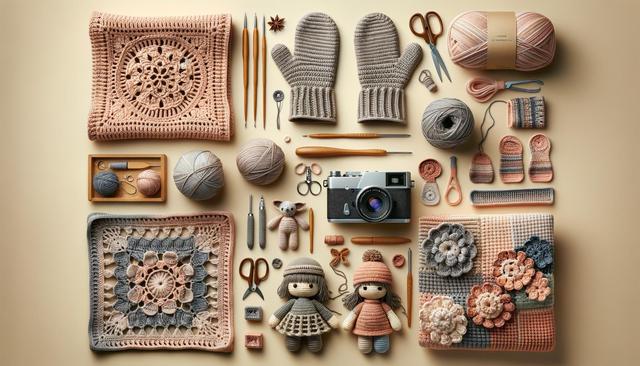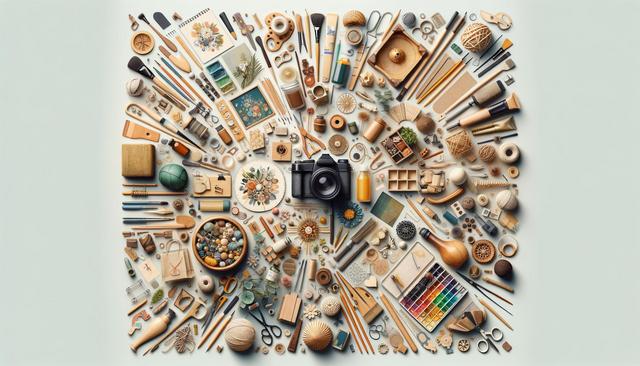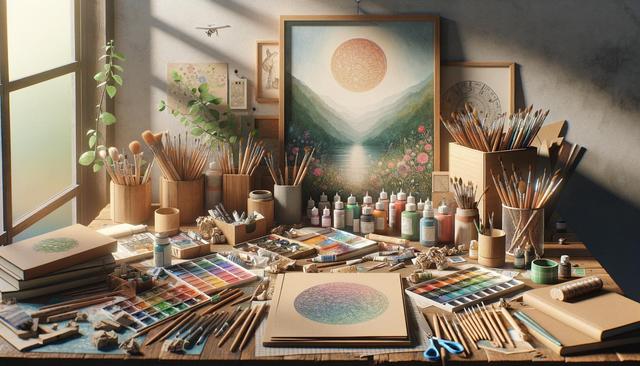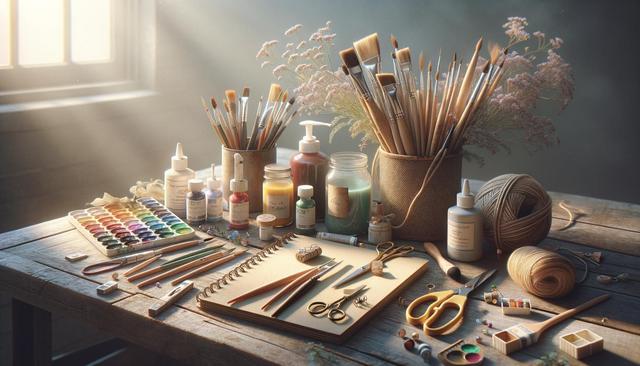Make Your Own Handmade Greeting Cards with Watercolor
Creating handmade greeting cards with watercolor is a delightful and personal way to express your creativity and share your heartfelt messages.
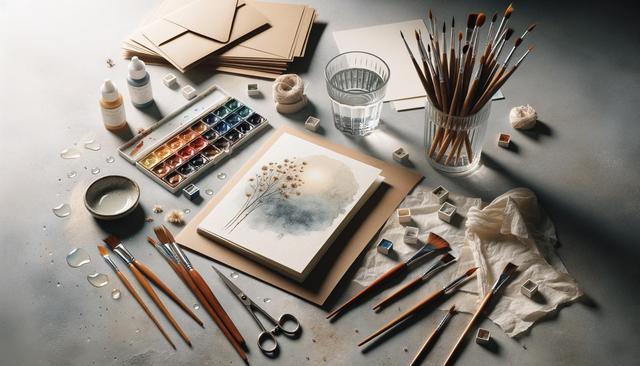
Getting Started with Watercolor Greeting Cards
Watercolor is a versatile medium that allows for a range of artistic expressions, making it ideal for crafting beautiful, handmade greeting cards. To get started, you’ll need some basic materials: watercolor paper, a set of watercolor paints, brushes of various sizes, and a palette for mixing colors. Quality paper is essential, as it absorbs water and pigment more effectively, preventing warping. Choose paints that offer a vibrant color payoff to ensure your cards are striking and memorable.
Begin by selecting the size of your card. Standard sizes are often easiest to find envelopes for, but you can also trim larger sheets to create a custom size. Fold your paper to create a card base, and consider using a bone folder to achieve a crisp edge. Once your base is prepared, it’s time to think about your design. Sketching lightly with a pencil can help guide your painting, whether you’re going for abstract washes, delicate florals, or intricate patterns.
Exploring Techniques for Unique Designs
Watercolor offers a plethora of techniques to experiment with, each providing a distinct texture and effect. Here are a few to consider:
- Wet-on-Wet: This technique involves applying wet paint onto wet paper, creating soft edges and blending colors seamlessly.
- Wet-on-Dry: Applying wet paint onto dry paper gives you more control and results in defined edges.
- Blotting: Use a paper towel or sponge to lift wet paint, creating lighter areas for added texture.
- Salt Texturing: Sprinkle salt onto wet paint to create a crystalline texture as it dries.
Experimenting with these techniques can result in a variety of effects, allowing you to tailor your cards to suit different occasions. Practice each method on scrap paper before applying it to your card to ensure you achieve the desired look.
Choosing the Right Color Palette
The color palette you choose can set the tone and mood of your greeting card. For a calming and serene feel, opt for pastels and soft hues. Vibrant and bold colors can convey energy and excitement, perfect for celebratory occasions. Consider the recipient’s preferences as well, as a personalized color scheme can make your card feel even more special.
When mixing colors, start with small amounts of paint and gradually add more water to control the intensity. Layering colors can add depth and dimension to your designs. Remember that watercolor paint often dries lighter than it appears when wet, so plan accordingly when selecting your shades.
Incorporating Personal Touches
Adding personal touches to your watercolor greeting cards can enhance their sentimental value. Consider these ideas:
- Handwritten Messages: Use a fine-tip pen to write a heartfelt message inside the card, or incorporate calligraphy for an elegant touch.
- Embossing: Add dimension to your design with embossing powder and a heat tool.
- Collage Elements: Incorporate cut-out shapes or small embellishments like dried flowers for added texture.
These elements can make your card a cherished keepsake, showing the recipient that you’ve taken the time and care to create something just for them.
Conclusion
Creating handmade greeting cards with watercolor is not just an artistic endeavor; it’s a way to connect with others on a personal level. By exploring different techniques, selecting thoughtful color palettes, and incorporating unique touches, you can craft meaningful cards that resonate with the heart. Whether you’re a seasoned artist or a beginner, the joy of creating and giving something handmade is unparalleled. Take the time to explore your creativity, and you’ll find that the process is as rewarding as the finished product.

